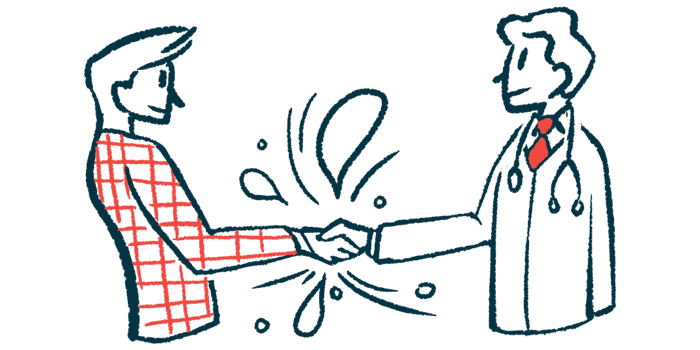Clene Boosts Production Capacity of CNM-Au8

Clene, and its wholly owned subsidiary Clene Nanomedicine, have signed two lease agreements that will more than quadruple the manufacturing capacity of CNM-Au8, their investigational therapy for people with amyotrophic lateral sclerosis (ALS).
The first lease is for a 10-year agreement for a 74,210-square-foot building in Elkton, Maryland. The second is a seven-year lease pertaining to the expansion of its existing manufacturing site in North East, Maryland, to a total of 32,229 square feet. Both leases will enable the companies to boost the production capacity of their lead asset as they plan to release Phase 3 clinical trial data in early 2022.
“All emerging pharmaceutical companies face the delicate balance of striving to align manufacturing capacity with the rigors of regulatory approvals and ultimately patient needs,” Rob Etherington, CEO and president of Clene, said in a press release.
“As we move towards a readout from our registration trial in patients with ALS, we concluded this was the most appropriate time to undertake this expansion of our manufacturing capabilities,” he added. “This will help enable that we are well prepared to meet the urgent unmet needs of ALS patients should CNM-Au8 receive regulatory approval.”
CNM-Au8 is an oral liquid suspension of gold nanocrystals designed to improve the survival and function of nerve cells. It does so by supporting energy-generating biological reactions in cells and by removing the harmful byproducts of their metabolism.
The therapy is being investigated in the ongoing RESCUE-ALS Phase 2 trial (NCT04098406). The study is evaluating the safety, efficacy, pharmacokinetics (movement through the body), and pharmacodynamics (effects on the body) of CNM-Au8 in adults with early ALS.
The trial is recruiting participants at two sites in Australia, who are assigned randomly to receive either 30 mg of CNM-Au8, or a placebo, for 36 weeks (about eight months). CNM-Au8 is taken every morning along with standard care therapies.
The primary objective of RESCUE-ALS is to determine if CNM-Au8 is more effective than the placebo at preventing the loss of motor neurons, evaluated as changes in the Motor Unit Number Index (MUNIX) over the trial’s 36 weeks. Of note, motor neurons are specialized nerve cells that control voluntary movement.
Preliminary findings from an interim analysis revealed that most patients in the trial showed improvements in the health and functioning of motor neurons, as well as slower decline in lung function.
However, because the data is still blinded — meaning that neither patients nor investigators know who has been assigned to each treatment arm — it is still unknown if these effects were caused by CNM-Au8.
CNM-Au8 also is being tested in the HEALEY ALS platform trial (NCT04297683), which is assessing several ALS treatment candidates at the same time to speed the development of those considered more promising.
CNM-Au8’s trial arm (NCT04414345), will enroll an estimated 160 adults with sporadic or familial ALS, who will be assigned randomly to receive either CNM-Au8 (30 or 60 mg daily) or a matching placebo for about six months. For each patient given a placebo, three will receive the active treatment.
Enrollment for CNM-Au8 and other study arms is ongoing at 54 sites across the U.S. More information is available here.
Another Phase 2 trial, called REPAIR-ALS (NCT03843710), also is being planned to investigate CNM-Au8’s metabolic effects in the central nervous system of ALS patients. The study, which is not yet recruiting, will enroll about 24 participants, ages 35 to 75, in the U.S.
Similar studies in multiple sclerosis (NCT03993171) and Parkinson’s disease (NCT03815916) already have demonstrated that CNM-Au8 improves energy production and utilization in the brains of adult patients.
“Clene is greatly appreciative of all the efforts behind the scenes by many parties to help facilitate this critical step in Clene’s evolution in an expeditious and efficient manner. We would like to thank them for helping us advance towards our goal of transforming the treatment of neurodegenerative disease,” Etherington said.







